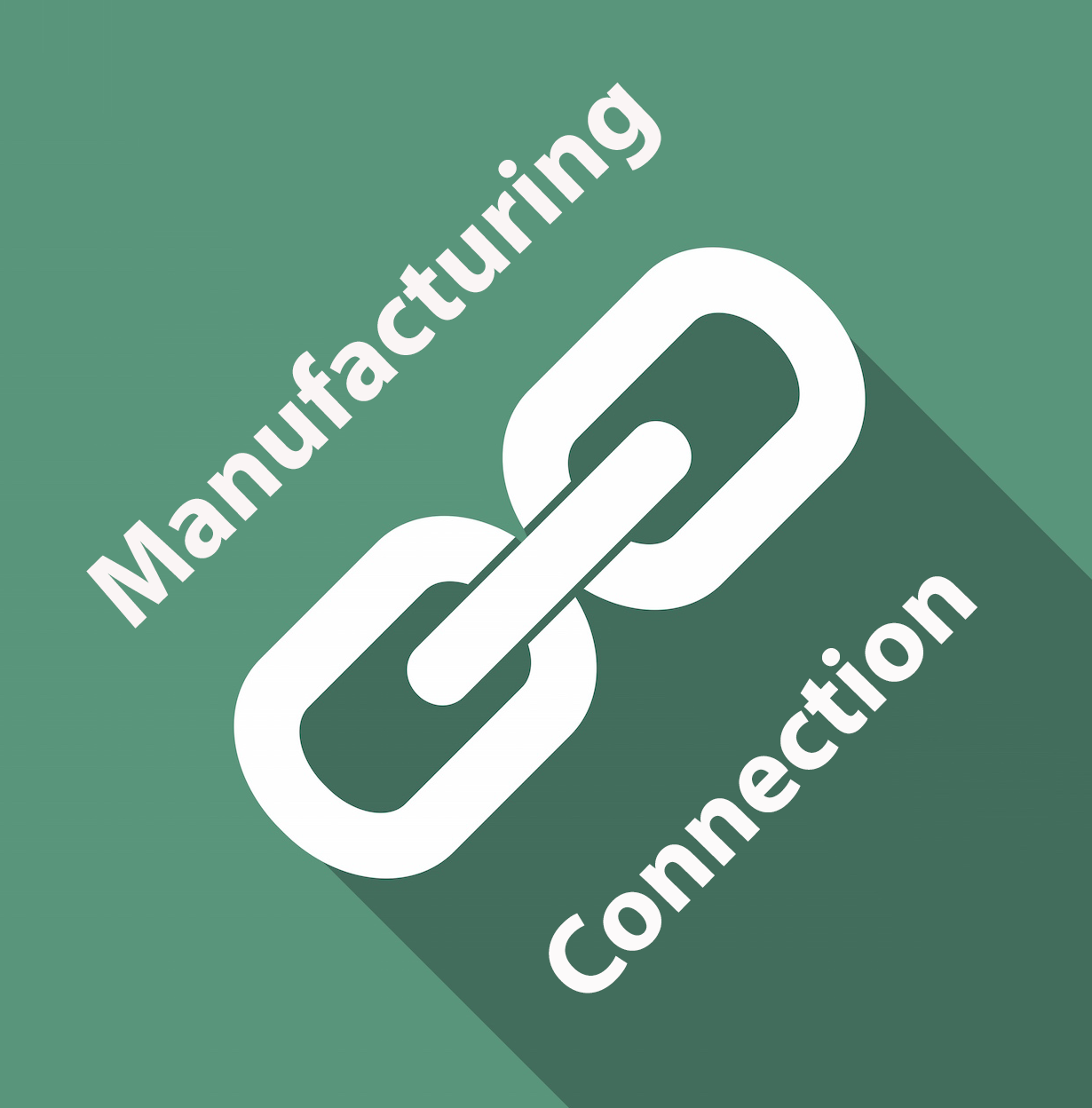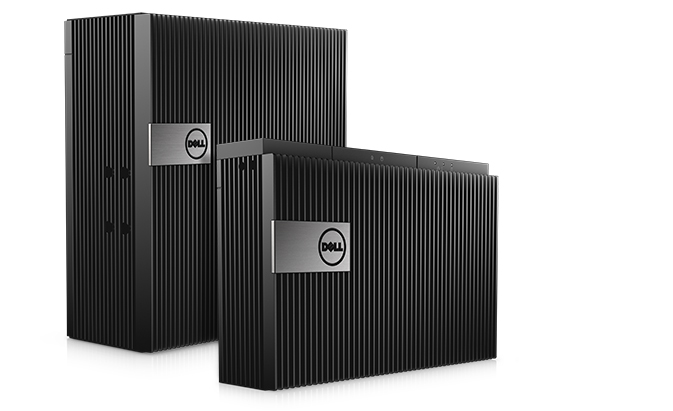by Gary Mintchell | Jul 29, 2020 | Automation, Embedded Control, Networking
Compute platforms are achieving incredible power in very small form factors. I’ve been contemplating where we could go with industrial applications built on Raspberry Pi. Then I saw this note from Hilscher. This is the world where that company plays. Here is a complete industrial communications application on the new M.2 format for PCI Express that adds real-time communications to PC-based systems.
In just a few minutes, you can connect PC-based devices, such IPCs, HMIs and robotics, to Real-Time Ethernet and Fieldbus networks. The comprehensive package has all necessary hardware and software components, including protocol stacks, device drivers and network connectors. The M.2 card can be simply installed in new and existing devices to connect with industrial automation networks on the fly.
PCI Express M.2, briefly named M.2, is smaller than the Mini PCI Express format and was designed for very thin computing platforms like notebooks and tablets. Since its introduction, automation manufacturers of PC-based systems, such as Industrial PCs, vision systems, robotics, and human machine interfaces (HMIs), have integrated M.2 sockets into their devices for one simple reason. The tiny M.2 format allows many add-in functions to be included into their systems in very tight spaces. Now, with this Hilscher offering, M.2 cards can provide real-time automation network connectivity.
M.2 formats come in various widths, lengths, and socket keys. For this first M.2 card release, Hilscher is using the A+E key socket arrangement, as that is the PCI Express specification’s generic form factor for connectivity add-ins, such as WiFi and Bluetooth. The M.2 2230 Key A+E card, with Hilscher product name CIFX M223090AE, is part of Hilscher’s cifX family of PC Cards. cifX PC Cards are intended for easy integration of a network interface and fast time-to-market of the manufacturers’ products and features.
At the heart of the M.2 2230 card is Hilscher’s netX 90 multiprotocol communication chip. M.2 card users can choose among loadable firmware for PROFINET IO-Device, EtherNet/IP Adapter, EtherCAT Slave and OpenModbus/TCP. Available in Q4 2020 is firmware for CC-Link IE Field Basic and Ethernet POWERLINK Slave. The appropriate network connector is included with delivery. There are adapters available from third-party vendors for other key formats, if required by the application. Additional firmware options, more card and key formats, and OPC UA and MQTT functionality will be released in the future.
Other benefits of the netX 90 ASIC include its small size, low power draw, reduced heat waste and extended temperature range. These features make CIFX M223090AE the smallest multiprotocol card in the market, at 22 mm X 30 mm, and allow it to operate in conditions from -20 deg C to +70 deg C. With its low power consumption, the M.2 2230 is ideal for energy saving applications.
Choosing the Hilscher M.2 card allows users to future-proof their designs. Hilscher continuously provides new firmware for Real-Time Ethernet, traditional Fieldbus and IIoT protocols. Besides a wide range of industrial protocols, Hilscher also provides device drivers for all major operating systems used in the industrial environment, including Windows, Linux, INtime, RTX, and QNX, as well as a C Toolkit for custom device drivers.

by Gary Mintchell | Sep 19, 2018 | Automation, Industrial Computers, Internet of Things, Manufacturing IT, News, Operations Management, Operator Interface, Technology
IMTS has been a huge show for many years. As you might expect from a trade show, the theme is broad. Exhibitors are a diverse lot. Things I saw indicating a new wave of technologies including machines designed to work with humans (so-called “cobots”) and various aspects of Industrial Internet of Things. Following are a few specifics.
Formerly the International Machine Tool Show and now the International Manufacturing Technology Show, the South Hall of Chicago’s McCormick Place is still filled with huge machining centers. The North Hall was packed with robotics, components, and other automation products. Much of this flows over to the East Hall where several aisles were devoted to Hannover Messe automation companies—my sweet spot. Even the West Hall was packed.
Beckhoff proclaimed, “Solve the IoT hardware, software and networking puzzle.”
The company introduced ultra-compact Industrial PCs (IPCs). These IPCs are Microsoft Azure Certified and can work just as easily with other major cloud platforms such as Amazon Web Services (AWS) and SAP HANA.
Significant updates will span three key areas of the TwinCAT software suite: new HTML5-enabled TwinCAT HMI for industrial displays and mobile devices, important data processing expansions in the TwinCAT Analytics offering, and TwinCAT 3 Motion Designer, which adds a deep set of valuable tools to commission entire motor, drive and mechanical systems in software. Motion Designer can be integrated into the standard TwinCAT 3 software platform or it can be used as a stand-alone motion system engineering tool.
EK1000 EtherCAT TSN Coupler expands the industrial Ethernet capabilities of the EtherCAT I/O system to utilize TSN (Time-Sensitive Networking) technology. The EK1000 enables communication among high-performance EtherCAT segments with remote EtherCAT controllers via heterogeneous Ethernet networks.
Ideagen plc, the UK-based software firm, announced the acquisition of American quality inspection software provider, InspectionXpert. Based in Raleigh, North Carolina, InspectionXpert currently generates $2.8 million in revenue and will bring more than 1,000 clients including Boeing, Kohler and Pratt & Whitney to Ideagen’s existing customer base.
Speaking at IMTS, Chicago, Ideagen CEO, Ben Dorks, said: “As well as significantly enhancing our manufacturing supply chain product suite, the acquisition of InspectionXpert provides Ideagen with a fantastic opportunity for growth by broadening upsell and cross-selling opportunities, increasing our customer footprint and expanding our geographical reach.”
InspectionXpert’s products, InspectionXpert and QualityXpert, enable organizations in the precision manufacturing industry and associated supply chains to simplify inspection planning, execution and reporting and general quality through digitalization of paper-based processes.
InspectionXpert and QualityXpert will be integrated into Ideagen’s existing software suite, which will enhance Software as a Service (SaaS) revenues and provide excellent opportunities for future growth.
Energid released Actin 5, an update to its robot software development kit (SDK). Called the industry’s only real-time adaptive motion control software, it allows robotic system developers to focus on the robot’s task rather than joint movement and paths. It responds in real time to sensory input and directs the robot on the most efficient path while avoiding collisions. The robot motion is updated dynamically without requiring reprogramming, even in dynamic, mission-critical environments.
Forcam develops software solutions in the area of MES, IIoT, and OEE. It leans into the trend of developing platforms. Its platform is built with open APIs with the latest programming languages and tools. It supports Microsoft Azure Cloud, SAP ERP, Maximo maintenance/asset applications, and Apple iPads for input. The platform helps reduce integration time and expense.
I came across the Dell Technologies booth in the automation hall. The big news was a collaboration with Tridium and Intel for IIoT solutions.
The IIoT solution is built on the Niagara Framework, Tridium’s open technology platform, and combines software and consulting services to help customers begin the digital transformation of their businesses.
The Niagara-based IIoT solution built with Dell and Intel technology will comprise a complete hardware and software stack delivered as a finished solution for ease of adoption, and will encompass consulting services from subject matter experts to support implementation. The application layer of the IIoT solution is being developed and supported by Tridium and will expand over time with solutions designed for the telecom and energy sectors.

by Gary Mintchell | Apr 21, 2016 | Automation, Industrial Computers
The PC market, especially for consumers but also for business, is slowing. Manufacturers are turning to industrial PC market.The New York Times recently ran an article about Intel cutting jobs due to the continued slowdown in the PC market. Recently I wrote about Dell entering the embedded PC for industrial applications market, most likely due to the same market forces.
From The New York Times article:
Intel, the world’s largest maker of semiconductors, said on Tuesday that it was laying off 12,000 people, about 11 percent of its work force, as it continues to reel from a long downturn in global demand for personal computers.
The company’s chief executive, Brian Krzanich, announced the layoffs as part of a larger corporate restructuring, which will result in a $1.2 billion charge. Intel also reported lower-than-expected first-quarter earnings and reduced its projected revenue for the year.
“Intel has been known as the PC company,” Mr. Krzanich said in an earnings call with Wall Street analysts. “It’s time to make this transition and push the company all the way over” to supplying chips for things like smartphones, cloud computing, sensors and other devices.
Here is my introduction to the Dell embedded PC announcement:
Faced with a declining market for desktop PCs and a burgeoning market for embedded PC, Dell has announced launch of its first purpose-built industrial PC (IPC) products. This release complements its entry into the Internet of Things market announced last fall at Dell World. [Note: I do some work with Dell on IoT issues, but that has no bearing on reporting this.]
Rising Industrial PC Market to Stabilize
While the global market for industrial PCs has experienced ups and downs in recent years, it is forecast to pick up in 2016 and will start to stabilize in 2018. The key reason for the increase in short-term growth is an expected improvement in the outlook for process industry investment and the continued use of industrial PCs in applications outside the established areas of industrial automation.
Global revenue from industrial PCs is forecast to grow at a compound annual growth rate (CAGR) of 6 percent from 2014 to 2019, reaching $4.3 billion, according to IHS Inc.
“While the world market for industrial PCs has enjoyed relatively strong growth since 2013, recovery is projected to be slower through 2016,” said Rita Liu, manufacturing technology analyst, IHS Technology. “This slowed recovery is based on poor performance of downstream process-industry sectors in the current economic environment, with very low oil prices, a global downturn in mining, and the like.”
Europe, Middle-East and Africa (EMEA) was still the largest market for industrial PCs in 2014, at $1.2 billion, or 38 percent of the global total, according to the IHS Industrial PCs Intelligence Service. Asia-Pacific was the second-largest market, with estimated revenues of $ 1.1 billion. “It is worth noting that due to the slowing Chinese economy, the Asia-Pacific market for industrial PCs is projected to grow more slowly,” Liu said. “In fact, the Asia-Pacific market is expected to fall behind the American market this year.”
Of course the performance of the industrial PC market depends largely on the underlying growth in the sectors that use them, including discrete and process manufacturing sectors, as well as building automation, medical, transportation and infrastructure and other non-industrial sectors. Industrial sectors accounted for over half of the world market in 2014 and 2015, and they are expected to grow much more slowly than non-industrial sectors. Generally transportation and infrastructure, medical, and gaming sectors will grow more quickly than the general market through 2019.
Robotics is the fastest growing industrial sector for PCs; followed by materials-handling equipment; food, beverage and tobacco machinery; and packaging machinery. “Tobacco and packaging machinery are closely connected with consumer markets and enjoy relatively stable performance, no matter what the overall economic situation might be,” Liu said.

by Gary Mintchell | Feb 24, 2016 | Automation, Industrial Computers, Internet of Things, Operations Management
 Faced with a declining market for desktop PCs and a burgeoning market for embedded PC, Dell has announced launch of its first purpose-built industrial PC (IPC) products. This release complements its entry into the Internet of Things market announced last fall at Dell World. [Note: I do some work with Dell on IoT issues, but that has no bearing on reporting this.]
Faced with a declining market for desktop PCs and a burgeoning market for embedded PC, Dell has announced launch of its first purpose-built industrial PC (IPC) products. This release complements its entry into the Internet of Things market announced last fall at Dell World. [Note: I do some work with Dell on IoT issues, but that has no bearing on reporting this.]
Dell reckons its competitive edge moving into this market include supply chain expertise leading to short lead times, enterprise-class lifecycle, stability, service, built-in security, and global support.
“Customers have consistently told us that current embedded solutions do not meet the level of cost-effective sophistication, scale and support they need for these to be a critical, reliable component of their operations,” said Andy Rhodes, executive director, Commercial IoT Solutions, Dell. “Along with our new embedded products that can be ordered in quantities from one to thousands, Dell will bring our established business heritage to this new market: global scale, end-to-end IT and OT security portfolio, flexible payment solutions, strong customization and award-winning service and support.”
Embedded PC Highlights:
The new Embedded Box PCs offer wired and wireless input/output (I/O) options. The 3000 Series is powered by Intel Atom processors and designed for space-constrained applications, such as retail kiosks, automated vending devices and vehicles.
The 5000 Series is optimized for performance and I/O scalability. Powered by Intel Core processors, it includes two PCI/PCIe card slots for adaptability. It provides high-bandwidth for industrial PC and IoT use cases (multi-HD video streaming apps and high frequency sensor data sources) as well as manufacturing and automation control.
Other features:
- Operating temperature range from 0°C to 50°C
- Designed to MIL-STD 810G specifications
- DIN-rail, VESA, or wall mount options
- 5-year lifecycle and OEM-ready options
- Global availability with Dell Support and Deployment services
- Microsoft Windows 7 Pro, Windows 7 Embedded, Windows 10 Pro and Windows 10 IoT Enterprise LTSB, and Ubuntu Desktop operating systems
Customers can take advantage of Dell’s global availability, trusted security and manageability options, and Dell Support and Deployment services including ProSupport which provides up to five years of end-to-end hardware support for the entire IoT product lifecycle, helping customers maximize their environment and minimize time spent on maintenance. Dell also provides flexible payment solutions to qualified embedded PC customers through Dell Financial Services, a full-service finance company that annually funds approximately U.S. $4 billion of IT equipment for Dell customers across consumer and commercial business segments.
Availability
The Embedded Box PC 5000 Series and 3000 Series will be available in select countries in summer 2016 starting at USD $1,099 and $1,699.




 Faced with a declining market for desktop PCs and a burgeoning market for embedded PC,
Faced with a declining market for desktop PCs and a burgeoning market for embedded PC, 


